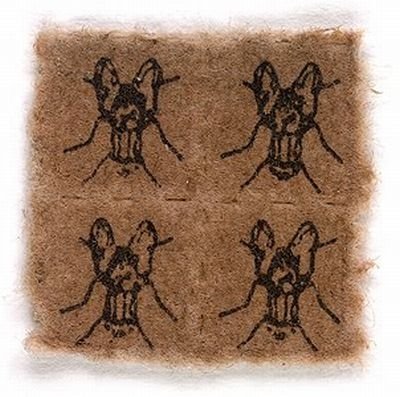|
|
LSD Blotter Paper Art
|
Typical doses in the 1960s ranged from 200 to 1000 µg while street samples of the 1970s contained 30 to 300 µg. By the 1980s, the amount had reduced to between 100 to 125 µg, lowering more in the 1990s to the 20–80 µg range , and even more in the 2000s.
Estimates for the lethal dosage (LD50) of LSD range from between 200 µg/kg to more than 1 mg/kg of human body mass, though most sources report that there are no known human cases of such an overdose. Other sources note one report of a suspected fatal overdose of LSD occurring in November 1975 in Kentucky in which there were indications that ~1/3 of a gram (320 mg or 320,000 µg) had been injected intravenously. (This is a very extraordinary amount, particularly when compared to the average LSD dosage of ~100 µg). Experiments with LSD have also been done on animals; in 1962, an elephant named Tusko died shortly after being injected with 297 mg, but whether the LSD was the cause of his death is controversial (due, in part, to a plethora of other medicines administered simultaneously).
LSD was first synthesized on November 16, 1938 by Swiss chemist Dr. Albert Hofmann at the Sandoz Laboratories in Basel, Switzerland as part of a large research program searching for medically useful ergot alkaloid derivatives. LSD's psychedelic properties were discovered 5 years later when Hofmann accidentally ingested an unknown quantity of the chemical. The first intentional ingestion of LSD occurred at 4: 20 PM on April 19, 1943, when Dr. Hofmann ingested 250 µg of LSD. He hypothesized this would be a threshold dose based on the dosages of other ergot alkaloids. Hofmann found the effects to be much stronger than he anticipated. Sandoz Laboratories introduced LSD as a psychiatric drug in 1947.
|
|









